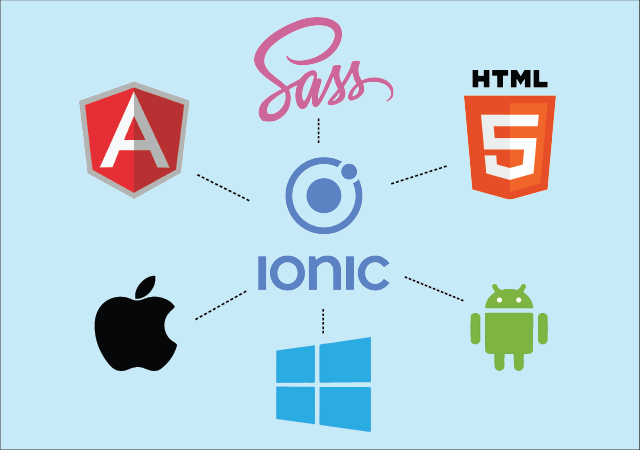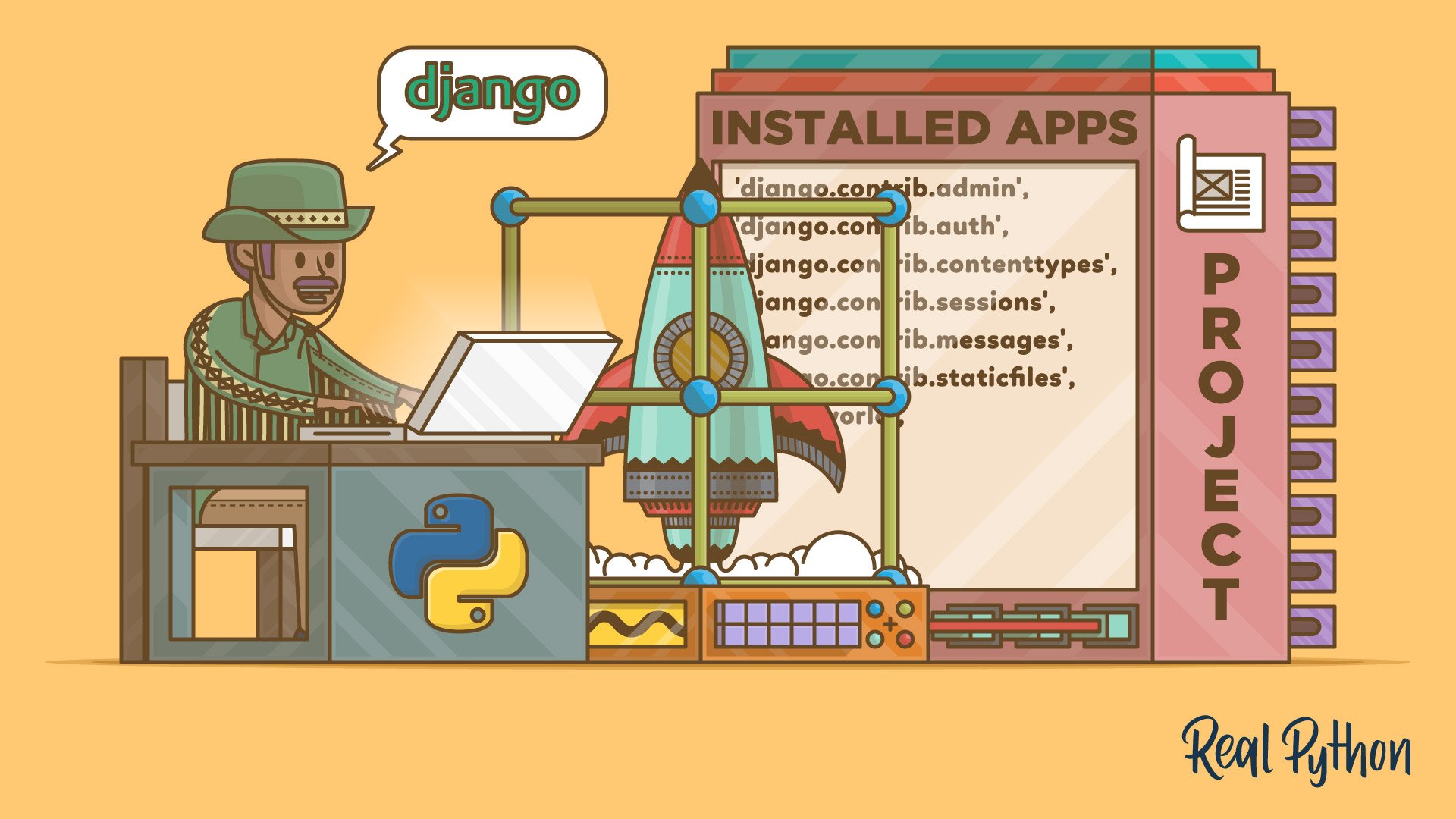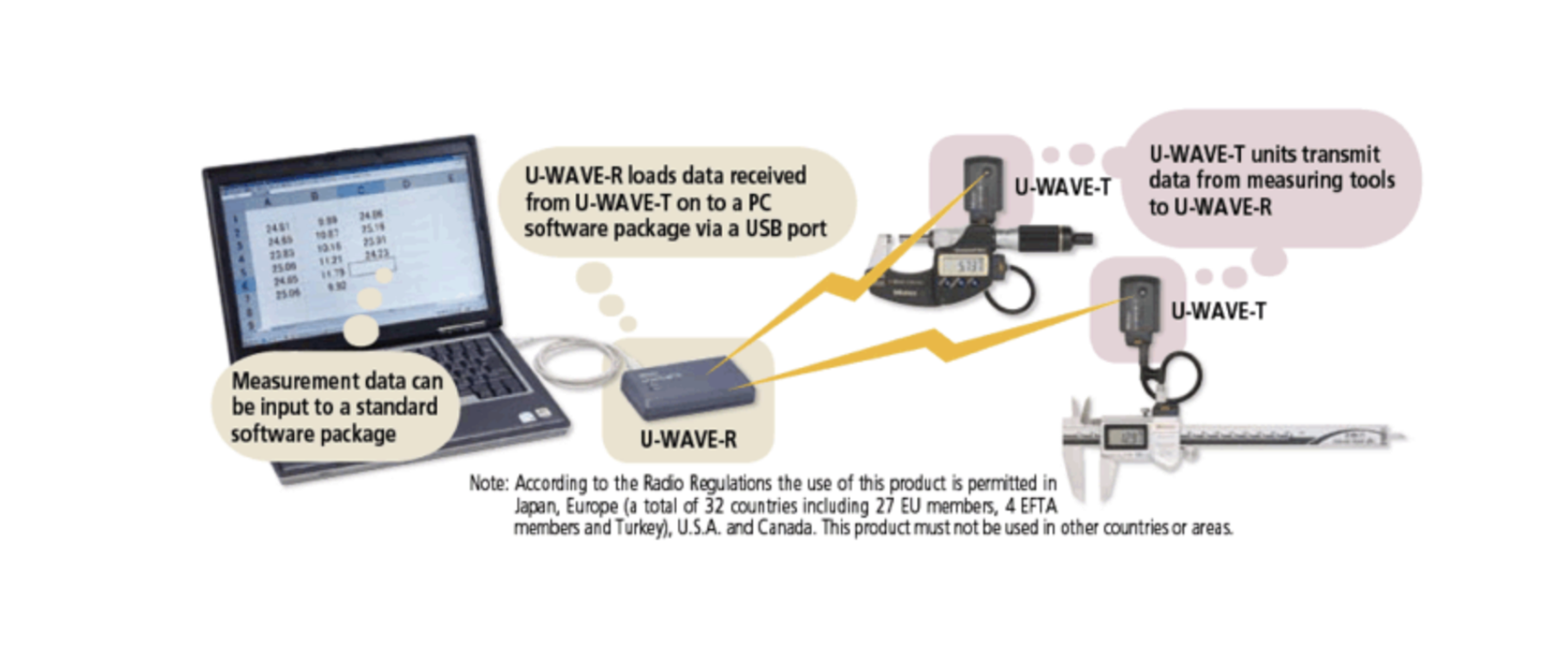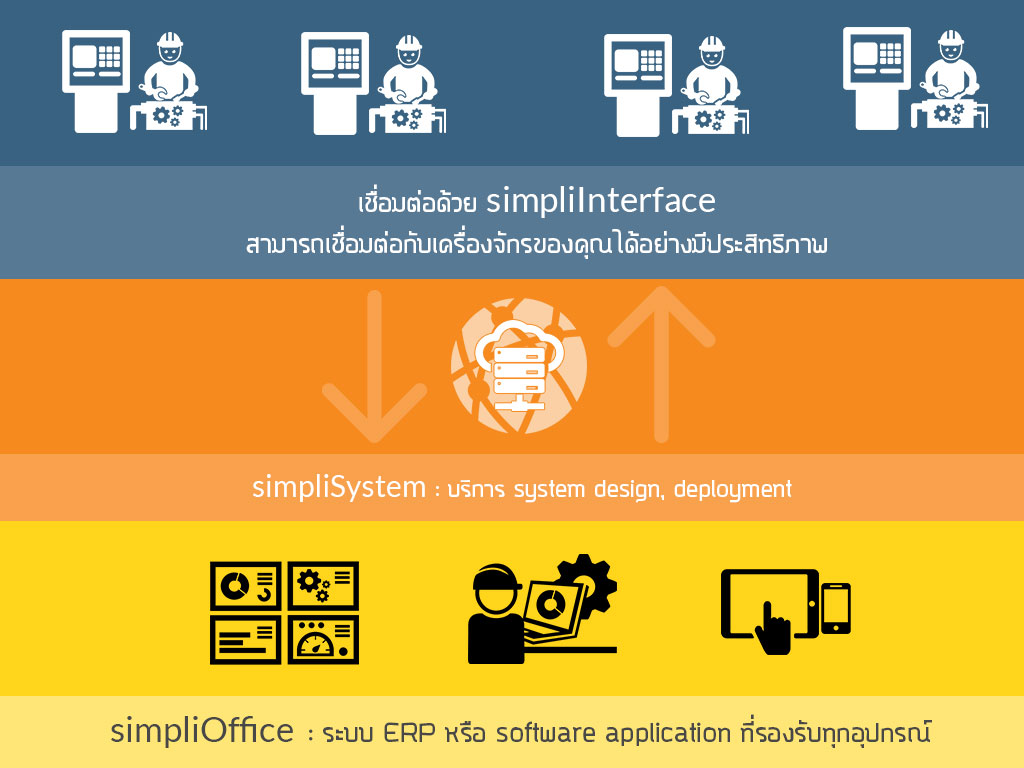After the AI Bubble: Why Gaming Consoles & Local AI Are the Real Promise
For the past two years, artificial intelligence (AI) has driven the biggest tech boom since the dot-com era. NVIDIA, AMD, and other chipmakers soared as companies raced to build massive GPU clusters in the cloud.
But just like every gold rush, signs of a bubble are starting to show. GPU shortages, over-investment in AI startups without clear business models, and cloud providers hoarding chips all point toward unsustainable hype. Many analysts already whisper: AI is almost breaking into bubble territory.
So the question is: Where is the real, lasting promise?
The answer may surprise you — gaming consoles and local AI.
🚨 The AI Bubble in Context
Technology bubbles aren’t new. History repeats itself, just with different names:
- Dot-com Bubble (2000): Internet companies with no revenue were valued in the billions. When the bubble burst, most collapsed, but survivors like Amazon and Google defined the next era.
- Housing Bubble (2008): Easy credit and speculative mortgages drove up real estate prices until the crash caused a global financial crisis.
- Crypto Bubble (2017, 2021): Billions flowed into coins and tokens, many of which had no use case. After the crash, only a few serious blockchain applications remain.
- Metaverse Bubble (2021–2022): Big tech hyped VR worlds as the next frontier. Momentum faded quickly, but some AR/VR innovations continue to evolve.
The pattern is clear: bubbles form around revolutionary ideas. Most hype collapses, but the useful technology survives. AI is now entering this same cycle.
🎮 Gaming Consoles: The Steady Engine
While AI hype inflates, the gaming console market remains one of the most reliable engines in tech.
- Every generation (PlayStation, Xbox, Nintendo) sells tens of millions of units.
- Consoles drive custom chip innovation — AMD’s semi-custom designs are at the heart of Sony and Microsoft machines.
- Gaming is a cultural constant, unlike speculative AI startups that may vanish overnight.
No matter what happens to the cloud AI bubble, consoles will keep shipping and generating steady demand for GPUs and CPUs.
💻 Local AI: The Next Wave
The bigger hidden opportunity is local AI — AI that runs directly on your device, not just in the cloud.
- Privacy: Your data stays on your phone or laptop.
- Speed: No latency from internet connections.
- Cost: No expensive cloud compute fees.
Examples are already here:
- PCs & Laptops: Intel Core Ultra, AMD Ryzen AI, Apple M-series chips all ship with dedicated AI NPUs.
- Smartphones: Snapdragon and Apple Neural Engine handle on-device vision and language tasks.
- Consoles/AR/VR: Future generations will blend gaming with AI-driven NPCs and immersive features.
Local AI represents a sustainable, mass-market adoption curve. Instead of selling a handful of \$250,000 cloud GPUs, companies can sell hundreds of millions of devices with built-in AI accelerators.
🧭 The Real Promise
If the cloud AI boom slows down, who wins?
- Chipmakers with console contracts (AMD, maybe NVIDIA if it enters).
- Companies leading in local AI hardware (Apple, Qualcomm, Intel).
- Developers who design apps optimized for edge AI — the long-tail ecosystem.
The AI cloud rush may cool, but gaming consoles and local AI point toward a more sustainable, consumer-driven future.
🌱 Conclusion
We are entering the next phase of technology. The AI bubble may burst, but the underlying demand for immersive entertainment and personal AI tools will remain.
History shows bubbles fade, but useful technology endures.
- After the dot-com crash → e-commerce thrived.
- After the crypto crash → blockchain infrastructure improved.
- After the metaverse fade → AR/VR slowly matured.
This time, the survivors could be your next console, your next laptop, and even the phone in your pocket.
👉 At Simplico, we help businesses understand and adapt to these shifts — from AI hype to real adoption. If you want to explore how local AI and consumer hardware trends will impact your industry, reach out at hello@simplico.net.
Get in Touch with us
Related Posts
- 为什么政府中的遗留系统替换往往失败(以及真正可行的方法)
- Why Replacing Legacy Systems Fails in Government (And What Works Instead)
- Vertical AI Use Cases Every Local Government Actually Needs
- 多部门政府数字服务交付的设计(中国版)
- Designing Digital Service Delivery for Multi-Department Governments
- 数字政务服务在上线后失败的七个主要原因
- The Top 7 Reasons Digital Government Services Fail After Launch
- 面向市级与区级政府的数字化系统参考架构
- Reference Architecture for Provincial / Municipal Digital Systems
- 实用型 GovTech 架构:ERP、GIS、政务服务平台与数据中台
- A Practical GovTech Architecture: ERP, GIS, Citizen Portal, and Data Platform
- 为什么应急响应系统必须采用 Offline First 设计(来自 ATAK 的启示)
- Why Emergency Systems Must Work Offline First (Lessons from ATAK)
- 为什么地方政府的软件项目会失败 —— 如何在编写代码之前避免失败
- Why Government Software Projects Fail — And How to Prevent It Before Writing Code
- AI 热潮之后:接下来会发生什么(以及这对中国企业意味着什么)
- After the AI Hype: What Always Comes Next (And Why It Matters for Business)
- 为什么没有系统集成,回收行业的 AI 项目往往会失败
- Why AI in Recycling Fails Without System Integration
- ISA-95 vs RAMI 4.0:中国制造业应该如何选择(以及为什么两者缺一不可)














